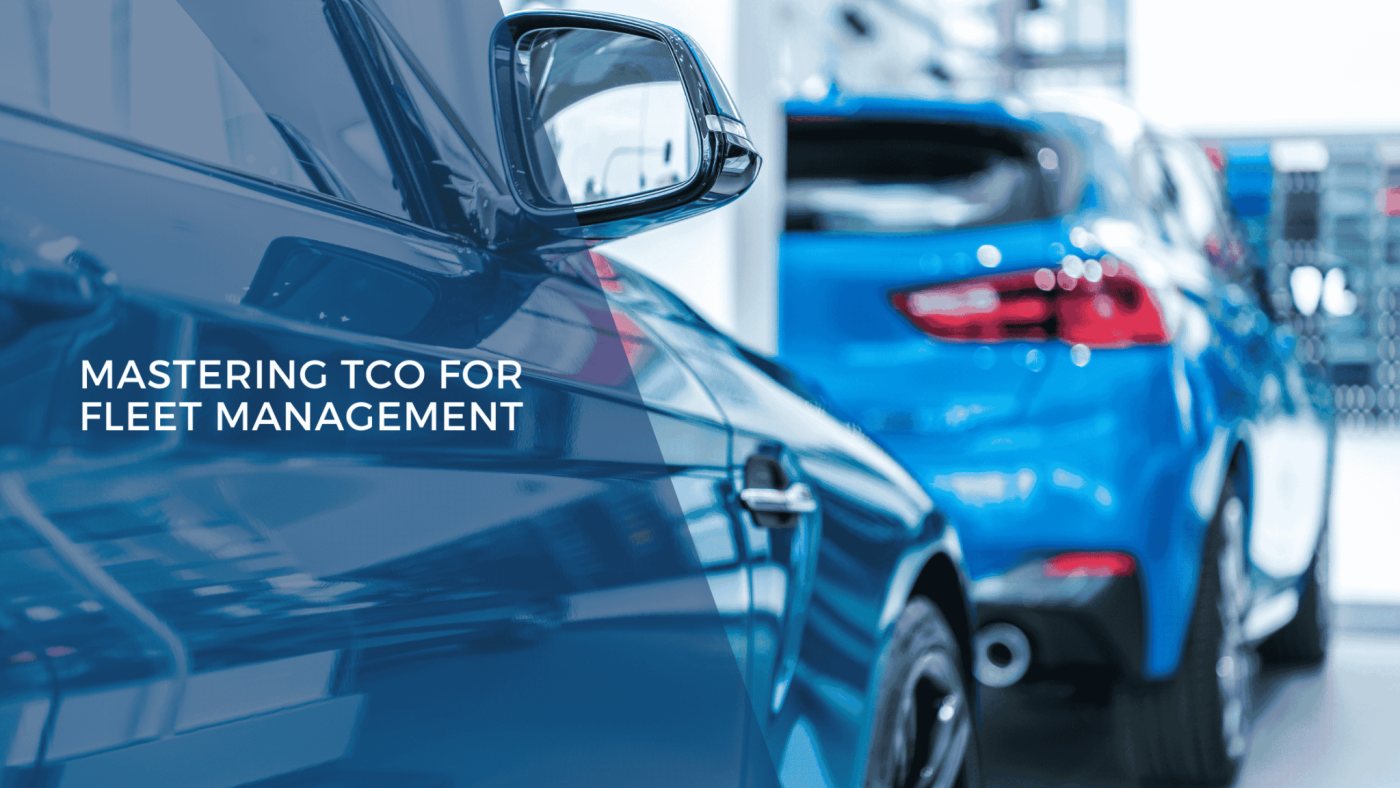
Mastering Total Cost of Ownership (TCO) for Fleet Management: Entry, Exit Costs, and the Impact of Fleet Electrification
In fleet management, Total Cost of Ownership (TCO) is a crucial metric for understanding the complete financial impact of owning and operating vehicles, from acquisition to disposal. Mastering TCO can significantly reduce operational costs, optimize fleet efficiency, and improve profitability. This comprehensive guide explores how to manage both entry costs (acquisition) and exit costs (disposal), while also examining the growing importance of fleet electrification in controlling long-term TCO.
Understanding Entry Costs: Acquiring Your Fleet
Fleet acquisition represents the first significant investment in your TCO. The entry cost encompasses various factors beyond the vehicle’s purchase price, including financing, customization, insurance, and more.
Key Components of Entry Costs:
- Purchase or Lease Price: The initial outlay for vehicles is one of the largest expenses. Leasing may help minimize upfront costs, but purchasing offers better residual value.
- Financing: Interest on loans adds to TCO, making it essential to negotiate favorable terms.
- Customization and Upfitting: Any necessary vehicle modifications, such as GPS or fleet tracking devices, add to the cost.
- Insurance: Varies by vehicle type, location, and risk factors like driver behavior.
Best Practices for Managing Entry Costs:
- Leasing vs. Buying: Leasing may be ideal for short-term fleet needs, while buying is often more cost-effective for long-term use.
- Fleet Standardization: Maintaining a homogeneous fleet reduces costs for maintenance and training.
- Vehicle Selection: Choose vehicles that are fuel-efficient, reliable, and have high residual value to reduce long-term costs.
Managing Exit Costs: Maximizing Residual Value
Exit costs include the financial burden at the end of a vehicle’s lifecycle, including depreciation, resale value, and disposal costs. A well-planned exit strategy ensures you get the maximum return on investment for your fleet.
Key Components of Exit Costs:
- Depreciation: Depreciation accounts for the largest portion of TCO, with vehicles losing value rapidly in the first few years of ownership.
- Resale and Remarketing: Selling vehicles at the right time can maximize residual value. The timing and condition of the vehicle, as well as market demand, all impact resale prices.
- Vehicle Downtime: Aging vehicles may require more maintenance, increasing downtime and reducing operational efficiency.
- Disposal Fees: Fees associated with recycling or properly disposing of vehicles can add to exit costs.
Best Practices for Reducing Exit Costs:
- Optimize Replacement Cycles: Replacing vehicles at the right time, before depreciation accelerates and maintenance costs rise, is key to minimizing TCO.
- Vehicle Condition: Regular maintenance and careful tracking of vehicle health ensure a better resale value when it’s time to dispose of the vehicle.
- Remarketing Strategies: Utilize specialized remarketing platforms to achieve higher returns when selling fleet vehicles.
The Role of Fleet Electrification in Reducing TCO
With the global shift toward sustainability, fleet electrification has become a critical consideration for managing TCO. Electrifying a fleet can substantially reduce long-term costs, particularly for fuel and maintenance. However, it also introduces new factors such as infrastructure investment and the initial cost of electric vehicles (EVs).
Benefits of Electrification for TCO:
- Lower Fuel Costs: One of the biggest advantages of EVs is the significant reduction in fuel costs. According to studies, EVs are often 60-70% cheaper to fuel compared to internal combustion engine (ICE) vehicles.
- Reduced Maintenance: EVs have fewer moving parts, which reduces the frequency and cost of maintenance. For instance, they don’t require oil changes, and their brake systems tend to last longer due to regenerative braking.
- Incentives and Grants: Many governments offer tax incentives, grants, or rebates for purchasing EVs or investing in charging infrastructure, lowering the initial entry cost.
- Depreciation Trends: Although the resale market for EVs is still developing, many EV models are expected to hold their value better as the demand for electric vehicles grows.
Challenges of Fleet Electrification:
- High Initial Costs: EVs tend to have a higher upfront cost compared to ICE vehicles, although this is often offset by the long-term savings in fuel and maintenance.
- Charging Infrastructure: Companies must invest in charging stations or partner with third-party providers. Depending on the size of the fleet, this can significantly affect entry costs.
- Range Limitations: Depending on the nature of your business, range limitations might require careful planning, particularly for fleets covering large geographical areas.
Best Practices for Fleet Electrification:
- Calculate Total Lifecycle Costs: Consider not only the higher upfront costs but also the long-term savings in fuel, maintenance, and incentives.
- Plan for Charging Infrastructure: Analyze your fleet’s daily mileage to determine whether investing in on-site charging infrastructure or using public networks is more cost-effective.
- Leverage Fleet Management Software: Using data from fleet management software like Echoes’ CarFleet solution can help monitor EV performance, manage charging schedules, and optimize routes.
Key Metrics for TCO Management
- Depreciation Rate: Depreciation typically accounts for 40-50% of TCO, making it a key area for cost control. EVs tend to depreciate at slower rates as the technology becomes more established.
- Fuel and Energy Costs: With fuel accounting for a significant portion of TCO, electrifying your fleet can save an estimated 60% on energy costs over time.
- Maintenance & Repairs: Maintenance costs for EVs are around 50% lower than those for ICE vehicles, due to fewer mechanical components and longer-lasting parts.
Conclusion
By controlling both entry and exit costs and considering fleet electrification, fleet managers can drastically reduce the Total Cost of Ownership. Whether through smart vehicle selection, financing strategies, or transitioning to electric vehicles, mastering TCO is a no-brainer for any fleet. Combining data insights from fleet management software with sustainability practices ensures your fleet operates efficiently, saving time, money, and resources in the long run.
Discover how Echoes’ CarFleet solution can help you manage your fleet’s TCO and support your transition to electric vehicles by visiting Echoes CarFleet.